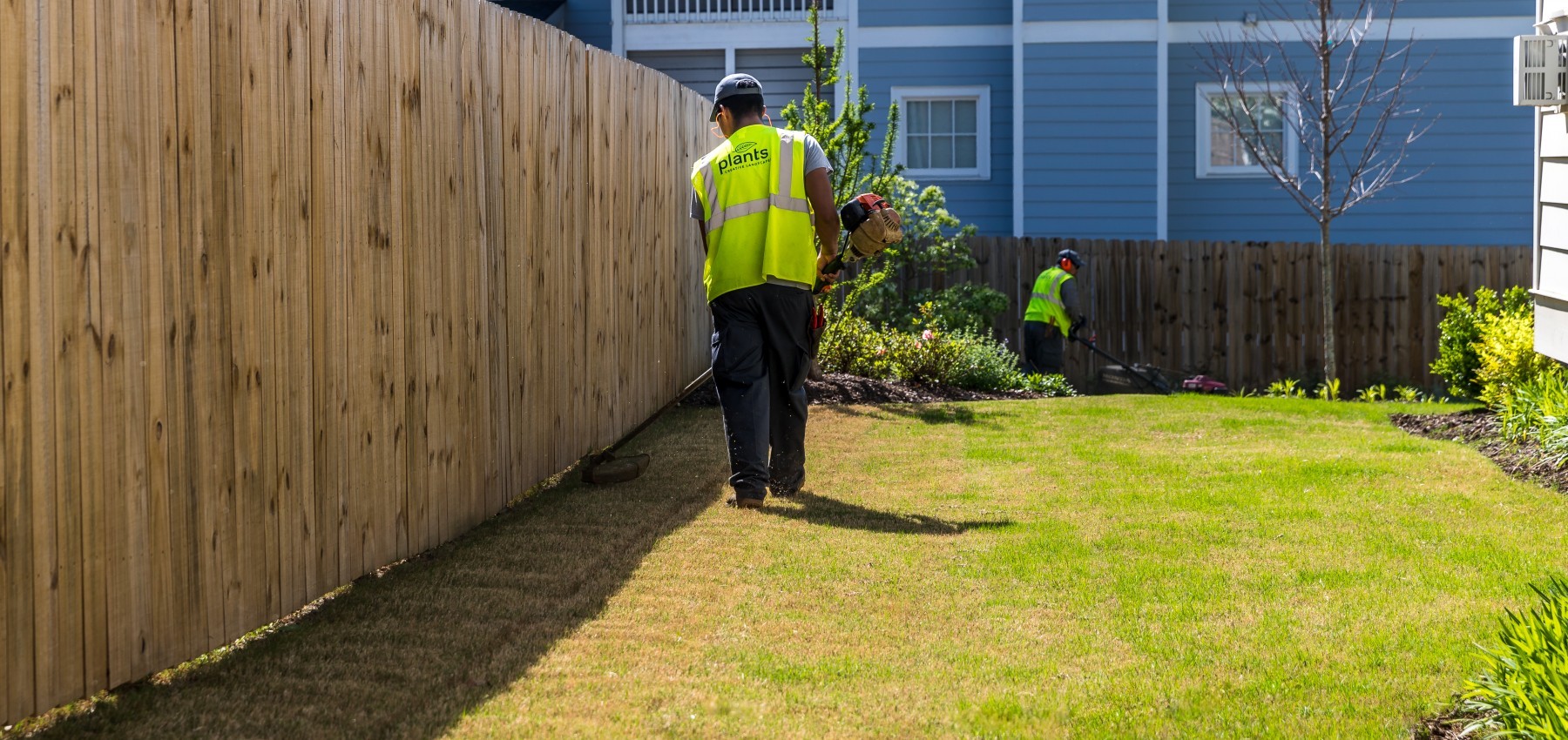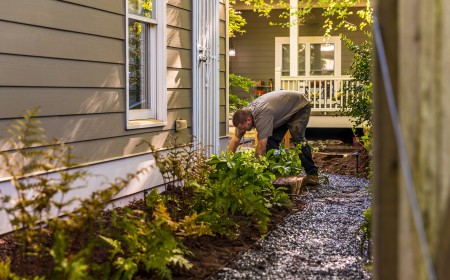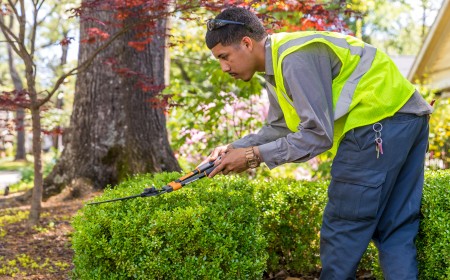Here in Georgia, we’re fortunate to have warmer winters than about half the country. Even so, our winters aren’t exactly tropical!
When it comes to looking after your landscape before the weather gets cold, there can be a lot of question marks.
We’ve compiled our Maintenance Crews’ top tips for those curious about what goes into winterizing a landscape.
What should be included in a landscape winterization plan?
Getting your landscape ready for the winter — and caring for it during the winter — requires these basic tasks:
- Water everything before winter arrives in force. — Did you know that the best way to protect shrubs, small trees, sod and seasonal flowers from cold weather damage is to water them before the frost? Water insulates root systems and helps prevent cold weather damage. This is especially important for newer, less established plantings.
- Shut down your irrigation system. — December, January, and February are the months where it gets cold enough to ruin your irrigation system — if you don’t winterize it, that is! Winterizing, or shutting down your irrigation system includes turning off your water supply valve, running your system through its cycles and blowing out the pipes to completely empty them. Winter shut-downs are part of our Hydrate Smart Irrigation packages.
- Look after your lawn. — Before it gets really chilly, make sure you rake up all the leaves and remove any debris on your lawn. Piles of leaves, sticks or other debris can smother grass and stunt its growth when spring rolls around. It’s also a good idea to overseed and aerate your turf in the fall.
- Mulch your gardens. — Adding an inch or two of shredded bark mulch or pine straw around trees, shrubs and other perennial plants will give them extra protection for the winter. Mulch insulates the soil, keeping the roots warm and moist when it freezes. Plus, it stops erosion from happening and prevents weeds from growing!
- Divide your perennials. — We recommend dividing your perennials to prevent your beds from getting overcrowded. Dividing sounds complicated, but it’s fairly straightforward. All you need to do is gently dig up the plant, and lightly pull apart the roots with your hands, or cut them carefully with a sharp spade or knife. Then, replant them elsewhere! Time your dividing and transplanting for four to six weeks before the ground freezes. Also, one other quick tip: it’s a good idea to dig up any delicate bulbs that might die over the winter and store them indoors — to be replanted in the springtime!
- Plant some winter annuals. — Speaking of gardens, if you’d like yours to stay green, there are a range of annuals you can grow throughout the winter. Pansies are a favorite of our crews — plant them in October or November so they can get established and watch them bloom! Other great winter plants include ornamentals like kale, mustard, and chard, as well as winter vegetables like lettuce, broccoli, and Brussels sprouts.
- Prune your trees & shrubs. — In late January and February, prune your trees and shrubs. The dead of winter is the best time to do this, as the plants are dormant and no sap is flowing yet. Check out our post with winter pruning tips if you’d like more help!
Want to leave winter maintenance to the professionals?
Maintaining your landscape throughout the year and getting it ready for the winter all by yourself can feel a bit overwhelming.
Here at Plants Creative, we completely understand. We’re happy to give you tips, but we’re also happy to help you look after your yard too.
With four different maintenance packages to choose from and a friendly team, our goal is to make it easy to transition from doing the work yourself to partnering with us.
Want to know a bit more about our process? Just watch the video below!
Whether you take the tips from this post to try things out for yourself or want to leave the hard work to us, the choice is yours. If you want to partner with our crews, starting the conversation is easy — just reach out!





